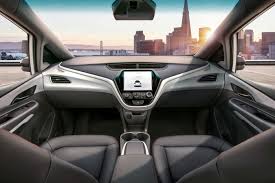 Autonomous cars and trucks are steaming at us at a surprisingly rapid pace. Fully autonomous vehicles are not the stuff of 2025, they are the stuff of late 2018. Seven US States already allow GM, Tesla, Uber and other autonomous car makers to drive limited numbers of vehicles with no driver. In Canada, Ontario allows autonomous vehicles in approved cities and towns.
Autonomous cars and trucks are steaming at us at a surprisingly rapid pace. Fully autonomous vehicles are not the stuff of 2025, they are the stuff of late 2018. Seven US States already allow GM, Tesla, Uber and other autonomous car makers to drive limited numbers of vehicles with no driver. In Canada, Ontario allows autonomous vehicles in approved cities and towns.
GM executives told investors in 2016 that by 2025, autonomous vehicle cost reductions and increased consumer adoption would combine to drive the price down to less than $1 per mile, or about a third of current ride-hailing prices.
In 2017 GM had more autonomous vehicles on the road that any other company in the world. In California 20 of the autonomous cars were involved in accidents but not a single one of them was found to have the autonomous car at fault.
https://www.youtube.com/watch?v=c4y09TnE4QE
I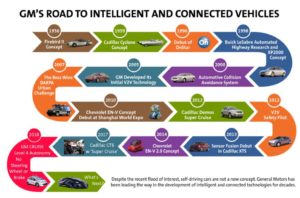 t is still astonishing that real world autonomy has developed so fast in recent years. However, automakers have been thinking about autonomous cars for decades. As you can see in the graphic to the right, GM has been producing connected show cars since they demonstrated the 1956 Firebird II concept.
t is still astonishing that real world autonomy has developed so fast in recent years. However, automakers have been thinking about autonomous cars for decades. As you can see in the graphic to the right, GM has been producing connected show cars since they demonstrated the 1956 Firebird II concept.
Government support and consumer fascination with “Vehicle to Vehicle”, “Vehicle to Pedestrian” and “Vehicle to Infrastructure” (think stop lights), has never been higher:
It will only take a few accidents where the vehicle is at fault to shake public confidence in both autonomous cars and the politicians that approved their use.
The uproar over the 2016 Tesla fatal crash involving their “AutoPilot” system was intensely followed by the media even though multiple early and long term investigations found little fault in Tesla’s autonomous systems.
While autonomous cars are inevitable and will surely have a massive reduction in accident numbers, governments and regulators must consider:
- How fast they should proceed with allowing autonomy?
- Where should autonomous vehicles be allowed to operate?
- Who is at fault an autonomous car INTENTIONALLY decides to drive on a sidewalk killing a mother and baby to avoid an head on collision with a bus that it calculated would have dozens of fatalities?
- Who is at fault WHEN in car autonomy systems get hacked?
- Who is at fault WHEN infrastructure (think stop lights) systems get hacked?
- … and on, and on, and on…
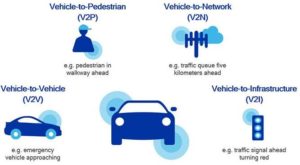
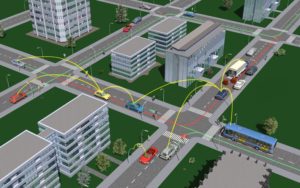
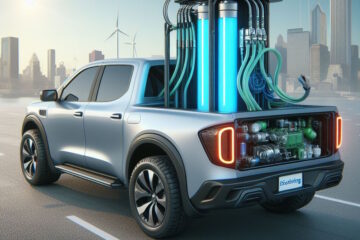
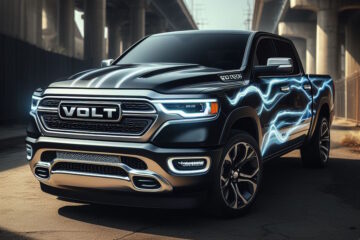
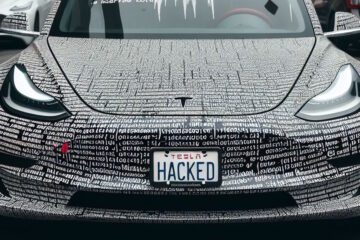
0 Comments